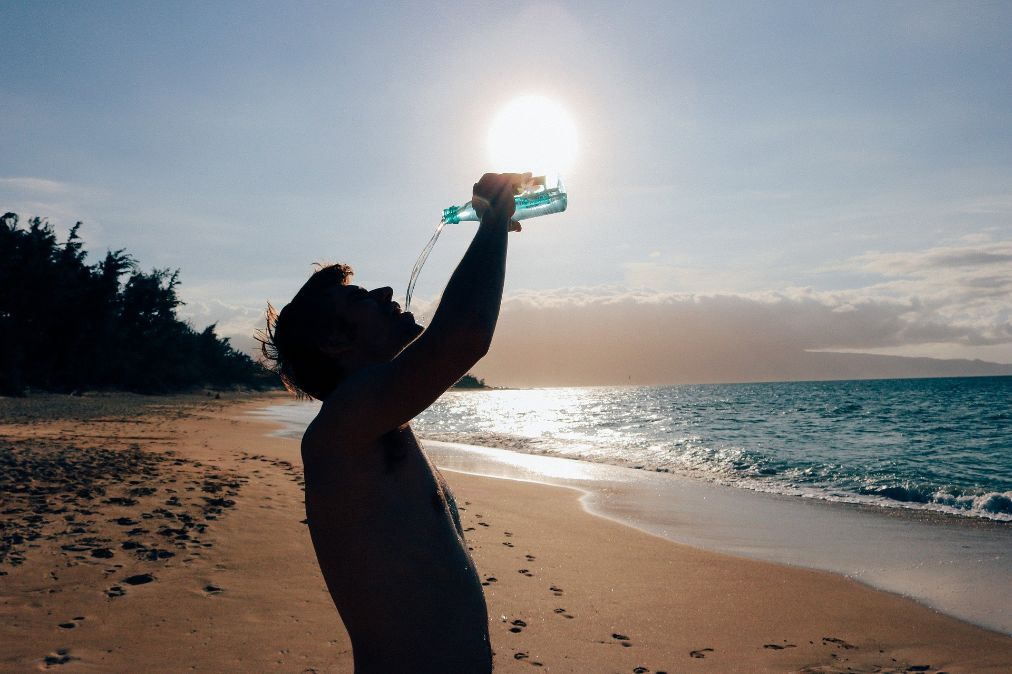If you are a traveler like I am, then you know how important it is to have safe drinking water wherever you go, especially if you are traveling in third-world countries.
Today we are going to look at five different ways to make sure that your drinking water is always safe no matter what country you may be traveling to.
All of these methods I use myself in varying situations and are all very easy and convenient while traveling.
So let’s dive right in.
1. Iodine
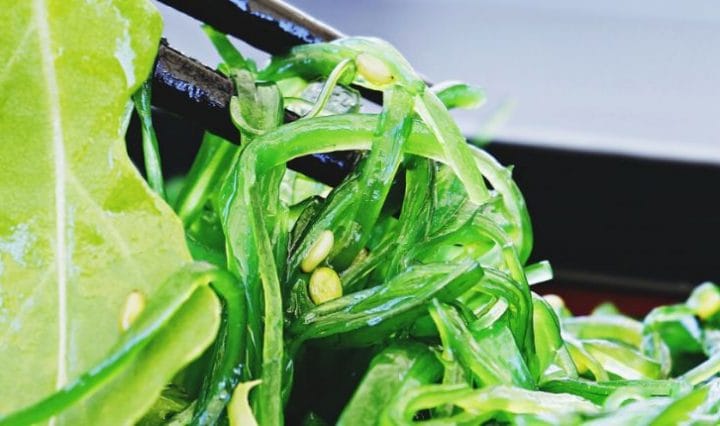
Iodine is an excellent way to make sure your water is safe to drink. Iodine tablets are a great item to carry with you when traveling because they are convenient and easy to make sure your water is clean.
When I was planning a trip to Cusco, Peru to climb Machu Picchu I had read online that the water wasn’t safe to drink in Cusco. So I did some research and found the Potable Aqua with PA+ was the most popular brand of iodine tablets that you can carry with you to solve your issue of having potable water.
It only takes two germicidal water purification tablets and two PA Plus tablets to disinfect one quart (one liter) of water.
Tablets with PA Plus will disinfect contaminated drinking water in any circumstance. Included in the Potable Aqua package are two types of tablets, Drinking Water Germicidal Tablets to make water bacteriologically suitable to drink, and PA Plus tablets to neutralize the after-taste and color in the water.
After you place the tablets in the water container, you will shake it for a minute and then close the lid of the container as tight as possible. Once you’ve done this, you will let your water stand for 30-35 minutes before you drink it.
2. Personal Water Filters
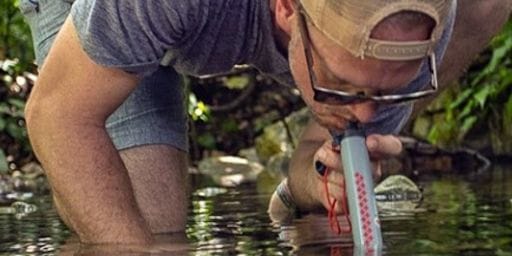
(Image Source: Lifestraw.com)
Personal water filters such as the one that LifeStraw or Katadyn make is perhaps one of my favorite and trustworthy sources to keep water safe. You can filter up to 1000 liters of contaminated water without iodine, chlorine, or other chemicals.
You can conveniently carry these type of water filters in your hiking pack, a purse, or in any satchel that you are carrying with you while walking around.
I always carry one of these when I go hiking in the mountains as well. They are so reliable that you can stick the water filter directly into a stream and drink from the straw.
3. Boil Your Water
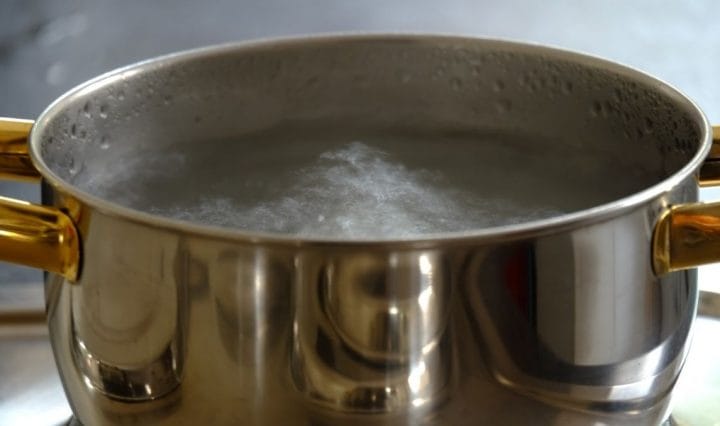
One of the best ways to know that your water is safe to drink is to boil it. If you happen to be storing water for an emergency, boiling water will kill off most of the bacteria, viruses, and microorganisms that make water unsafe.
Although you can’t always be 100% sure, boiling water will get you pretty close. Most of the organisms that will make you sick can’t survive water temperatures past 212 degrees Fahrenheit. In addition, they can’t survive past 160 degrees Fahrenheit for more than 30 minutes.
If you’re hiking in rugged terrain, this can easily be done over an open campfire. You can collect water from any nearby water source, bring it back to your camp, filter it, then boil it to get rid of all pathogens.
4. Steripen
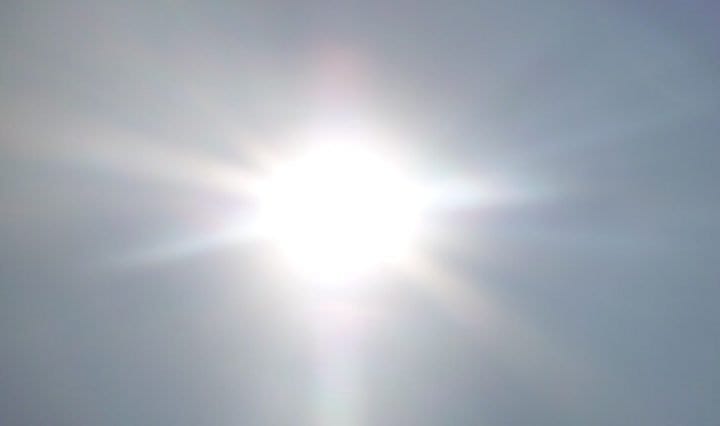
Ultraviolet light is another effective way to get rid of the bacteria in your water. Ultraviolet (UV) rays essentially kill the DNA of the pathogens in the water. It is a very effective way to stop the microorganisms from replicating in the water as well.
There are a few different devices on the market that you can use to purify your water. If you are going on a backpacking trip abroad, for example, there are some commercial UV water sterilizer pens on the market you can buy to put in your hiking backpack.
You simply fill up your container with water from the lake or stream, and stick the UV pen into the container and hold it there for about 45 seconds and then the water should be ready to drink.
These UV pens run on batteries, so it’s very easy to keep them going for quite some time because you simply have to replace the batteries.
The other option is hand-cranked UV water purifiers that use short wave germicidal UV light to purify the water. One of the more popular models that hikers use is the Steripen Sidewinder Water Purifier. With these types of purifiers, they run through manual hand cranks instead of batteries.
You need to be careful with UV light purifying methods because if the water source is really cloudy, it allows the bacteria and viruses to hide from the UV light and you won’t get the water 99% cleaned.
It’s best to take water from clear lakes and streams when using the UV pens and hand cranks so you know you’re getting the most out of this method.
5. Water Filter Bottles
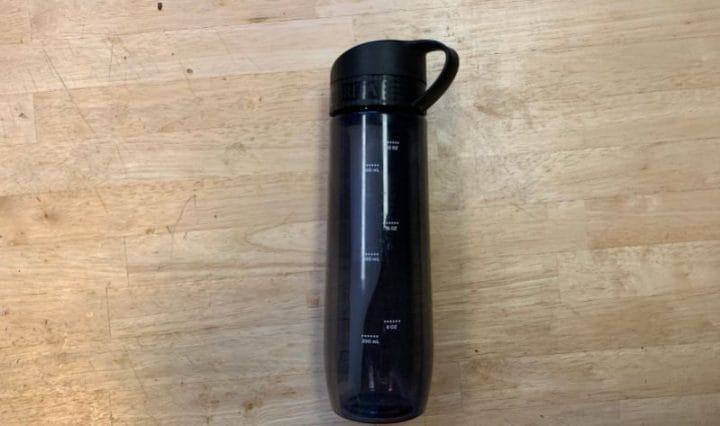
Another good idea is to buy a water bottle that already has a built-in water purification system. You can pick these up at any sports store or online at Amazon. You don’t have to do anything except for add water and voila! Your water is safe to drink.
These types of water bottles will protect against bacteria, parasites, chlorine, pesticides, and herbicides. They also claim to improve the taste of water, but you can be the judge of that yourself.
These types of water bottles with filters of BPA free but please note that you will have to replace the filters after filtering varying liters of water, depending on which brand you chose to get.
Final Thoughts
Drinking water is nothing to mess with when you are traveling to other countries. The worst thing you want to do is get sick and get stuck in a bed for the rest of your vacation. So hopefully this post helps you with some ideas of how to purify your drinking water and keep it safe when you are traveling.


